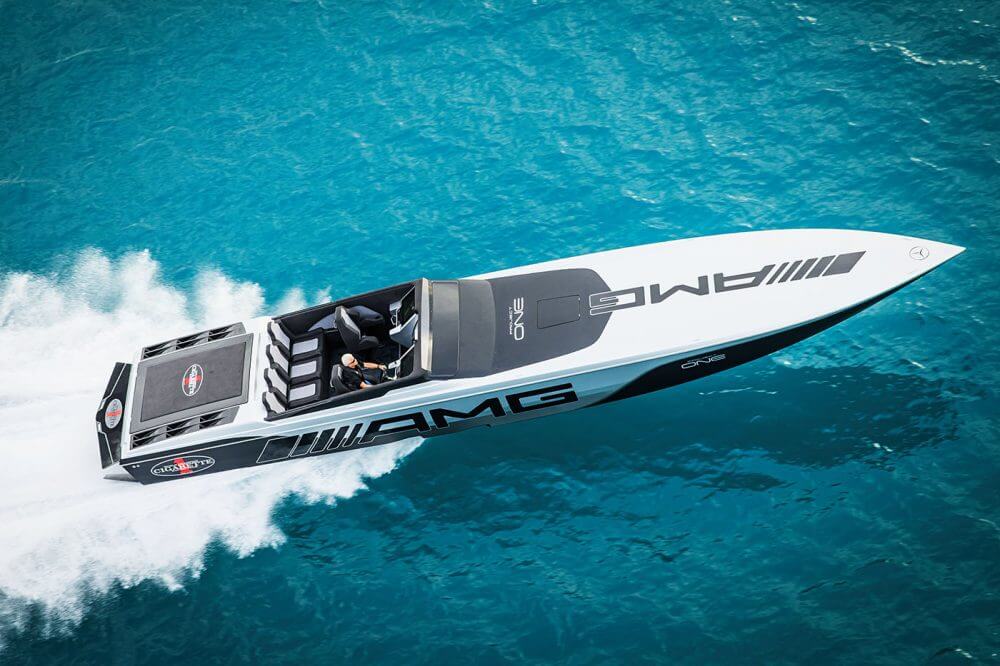For those that love the open water, investing in a new boat can offer a lifetime supply of adventure and fun. There are few experiences quite as riveting than going out over the ocean and enjoying everything from the scenery to the feel of the wind as the boat cuts through the water.
But even this can get a bit old after a while, and a boat owner may want to find new ways to enjoy their time out on their vessel. One thrill of owning a boat is powering over the water as fast as possible.
And while not all boats may seem that fast at first, there are a few tweaks and changes that can be made to get more speed out of even the slowest of water vehicles.
Swap Out The Propeller
While it may not seem like it would make that much of a difference, changing the propellers can actually have a truly profound effect on just how fast the boat is able to move on open water.
The average vessel will sell with a standard prop, one that’s designed to be durable and to ensure that the boat is able to keep moving forward, but usually not with a huge amount of speed. Investing in a performance prop isn’t cheap – they can cost up to $1000 in some cases – so it’s important to take the time to find one that’s just right.
Getting The Right Prop
Changing from an aluminium to stainless steel prop can make a significant difference in speed as the stainless-steel prop is usually stronger and thus thinner, reducing the amount of drag that it generates. On top of that, the blades will not flex while in the water, meaning that it will improve speeds and keep those speeds consistent.
Research is absolutely vital, as the prop will need to be chosen to match the power of the boat, its type of hull, as well as its overall weight. Here, finding an expert can mean saving a lot of time, effort, and frustration. It’s also possible to find demo props at dealerships, which are props that have seen some limited usage, but also sell for a lower price.

Reduce The Boat’s Weight
The amount of horsepower the engine has on offer can be directly affected by how heavy the boat is: the more weight, the more power is put into keeping things moving, usually at a slower pace. New boat owners may be fairly surprised at just how much they can leave behind before pushing out of the dock, and how much of an effect this extra weight had on the performance of the vessel.
There are lots of pieces of gear that can be left behind, especially if the idea is to make the boat go as fast as possible. This can mean leaving behind fishing gear, old waste, the spare cooler, clothing, and so much more. These small items may not seem like much weight on their own, but when added together they can often weigh well over 100 kilograms, if not more.



